Wedelia is a genus of flowering plants in the sunflower family (Asteraceae). The most well-known species in the genus is Wedelia trilobata, commonly referred to as Wedelia or Creeping Daisy. Here is a detailed description of Wedelia:
**Appearance**
Wedelia plants are perennial herbs or subshrubs with creeping or trailing stems. They have simple, opposite leaves that are typically oval or triangular in shape with serrated edges. The leaves are glossy and often hairy. The flowers of Wedelia are daisy-like, consisting of yellow or orange ray florets surrounding a central disk.
**Cultivation**
Wedelia plants are adaptable and can thrive in various climates and growing conditions. They prefer full sun to partial shade and well-drained soil. Wedelia trilobata, in particular, is known for its ability to tolerate a wide range of soil types and can even grow in poor or rocky soils. It is a fast-growing and spreading plant, making it useful for groundcover or erosion control in suitable regions.
**Uses**
Wedelia is primarily grown for its ornamental value. Its bright yellow or orange flowers provide a cheerful display in gardens and landscapes. Some species, like Wedelia trilobata, can also be used as a groundcover to suppress weeds and stabilize slopes or embankments. However, it’s worth noting that Wedelia trilobata is considered an invasive species in some regions due to its vigorous growth and ability to outcompete native plants.
**Caution**
Wedelia trilobata has invasive tendencies in certain areas, particularly in tropical and subtropical regions. It can spread rapidly and displace native plant species. Therefore, it is important to check the invasive status of Wedelia or any other species before planting it in your area.
**Conclusion**
Wedelia, particularly Wedelia trilobata or Creeping Daisy, is a flowering plant with bright, daisy-like flowers and glossy leaves. It is valued for its ornamental appeal and can be used as a groundcover or for erosion control in suitable regions. However, caution should be exercised due to its invasive potential in some areas. As with any plant, it’s important to consider local regulations and guidelines to prevent the spread of invasive species.

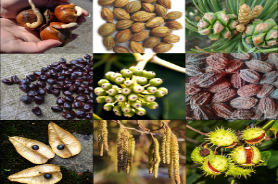

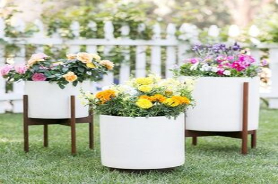



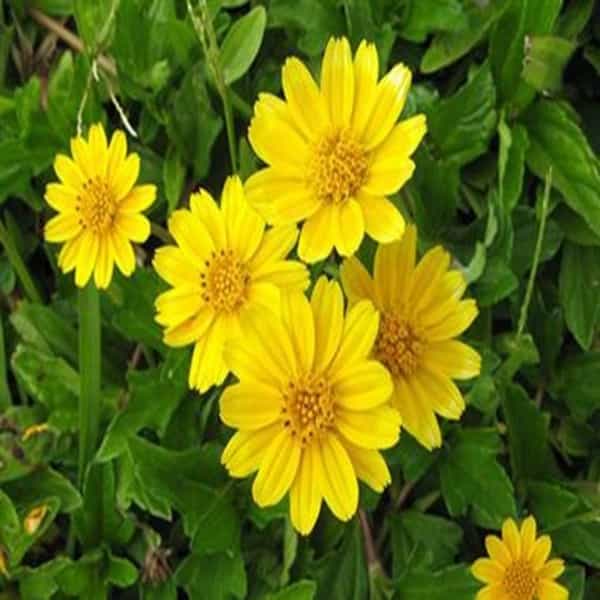
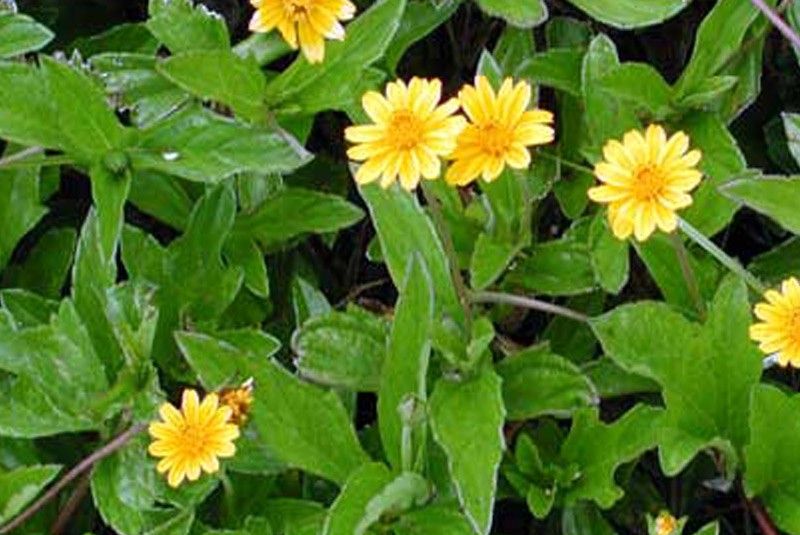
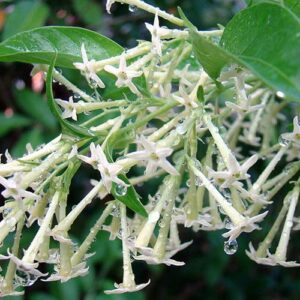

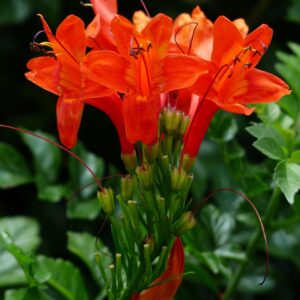
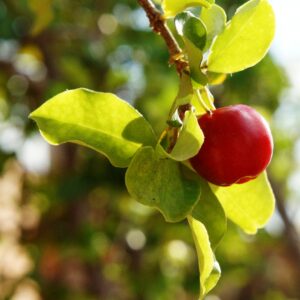
Reviews
There are no reviews yet.